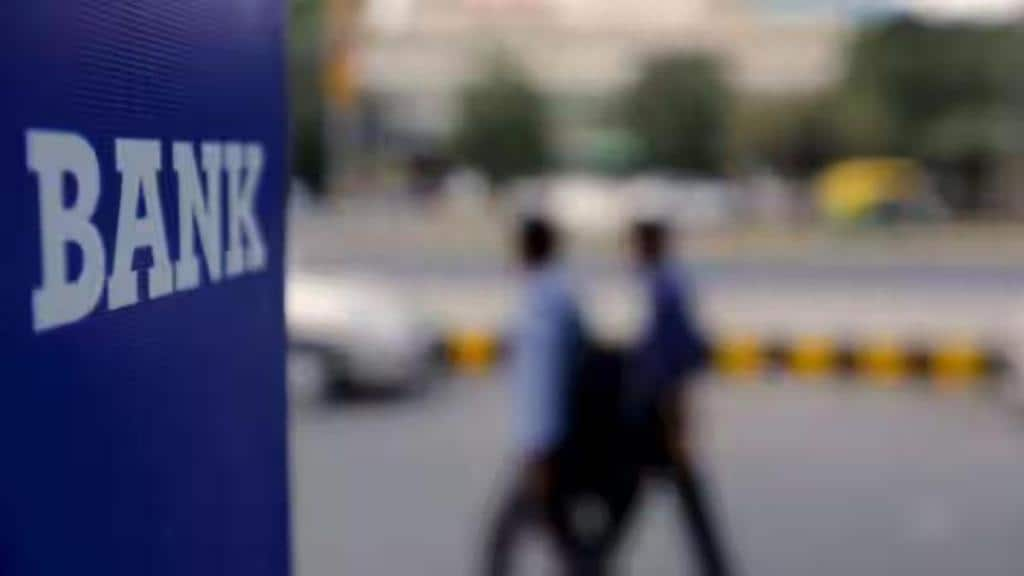Public sector banks (PSBs) are likely to post lower fresh slippage ratio than private banks in FY25, experts say. Slippages essentially denote the fresh bad loans in a year.
Domestic rating agency ICRA, in its banking outlook for FY25, said PSBs’ fresh slippage ratio would be at 1.5% in FY25 as against 2.2% for private banks. In FY24 too, PSBs’ fresh slippage ratio will likely be at 1.3%, lower than 2% of private banks.
“Public sector banks have performed relatively better, with fresh slippage rate of 1.2% in 9MFY24 compared to private banks at 2%,” said Anil Gupta, senior vice-president and co-group head of financial sector ratings at ICRA.
The primary reason for the trend is that private banks have a higher share of retail unsecured credit card, personal loans in their portfolio and also have exposure to the micro, small and medium enterprises, he said. PSBs, on other hand, have higher corporate loan exposure, a sector which is performing well.
“In terms of rating performance of corporate sector, the upgrades outnumber downgrades, which is reflective of a very strong asset quality cycle in corporate sector which has been prevailing for last couple of years,” Gupta said. While fresh slippage ratio of PSBs will likely be lower than private lenders in FY25, PSBs’ overall GNPA ratio will likely be at 2.3% by March 2025, slightly higher than 2.1% of private banks, ICRA said.
According to senior official at a large PSB, corporate loans disbursements are now being strictly linked to the fulfilment of pre-decided loan terms. For instance, presently for a construction project, unless 90% of land is acquired already, the lender will not disburse any loan. This was not the case earlier, when banks might have disbursed loans at 70% land acquisition or on verbal assurance of the borrower.
“A lot of improvements have happened in loan underwriting and proper ring-fencing is happening for any financing in corporate sector,” said another senior banker at a large PSB.
“Cash flows are being properly monitored, in addition banks have started looking for more information. Better analysis is being used basis GST data. Earlier reliance was more on information provided by borrower, now banks are not relying solely on that information but also going to various repository digitally and fetching information which helps reduce stress,” he said.
Another senior banker at a PSB said in the last three-four years, the bank has started monitoring retail and corporate loan performance more minutely. As soon as an account slips into the special mention account (SMA) category and moves up the SMA buckets, the bank starts heavily monitoring the borrower transactions and balance. Retail loans up to Rs 5 crore sanctioned digitally from mobile application also gives lenders more visibility over the repayment trends of the borrower, he said.


